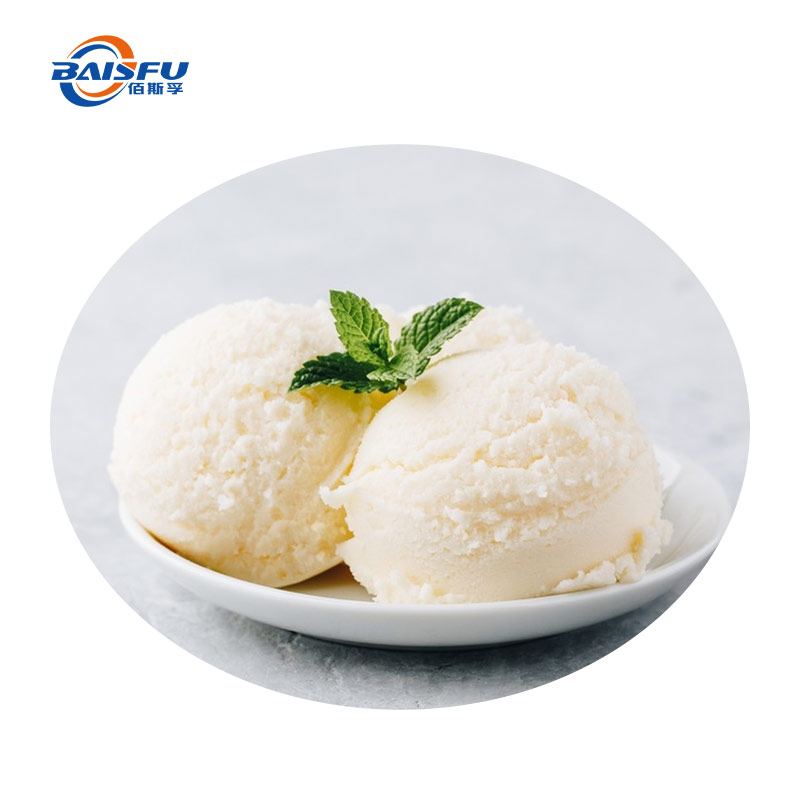Vanilla flavor: a sweet formula that transcends time and space

1. Four core characteristics of vanilla flavor
1. Scientifically deconstructed “flavor code”
Natural vanilla beans contain 250+ kinds of aroma molecules, but the core flavor comes from vanillin. Vanilla flavor is accurately restored through two major paths:
Natural extraction: biotransformation from lignin (papermaking byproduct) and eugenol (clove oil);
Chemical synthesis: using guaiacol as raw material, vanillin is produced through oxidation reaction (accounting for 95% of global production).
Modern flavors also add ethyl vanillin (3-4 times the strength of vanillin) and vanillin propanediol acetal (enhancing the milky aftertaste) to simulate the complex layers of natural vanilla.
2. The “unbeaten king” of high temperature and time
High temperature resistance: withstands 200℃ baking and UHT sterilization (above 135℃), and the natural vanilla flavor begins to decompose at 80℃;
Long-term stability: in products with a shelf life of 2 years, the aroma retention rate is >90%, while natural vanilla extracts will gradually fade due to polyphenol oxidation.
3. Low cost and high universality
The cost is only 1/200 of natural vanilla: 1kg of synthetic vanillin ≈ the flavor intensity of 200kg vanilla beans;
Cross-media compatibility: water-soluble, oil-soluble, powdered and emulsified flavors are suitable for all categories such as ice cream, baking, beverages, cosmetics, etc.
4. Health and sustainable innovation
Zero allergens: does not contain trace proteins in natural vanilla, reducing the risk of allergies;
Environmental alternative: alleviate rainforest destruction caused by vanilla cultivation (80% of the world’s vanilla is produced in Madagascar, and cultivation requires cutting down virgin forests).
2. Five major application areas of vanilla flavor
1. Baking and desserts: “Vanilla Revolution” in the industrial age
Mass production of cakes and biscuits: Add high-temperature resistant flavors to solve the problem of flavor loss after natural vanilla baking;
Premixed powder and frozen dough: home bakers do not need to handle vanilla pods, and restore professional-grade flavors with one click;
Healthy sugar substitute products: Use vanilla flavor to cover the cool aftertaste of sugar substitutes (such as erythritol) in sugar-free brownies.
2. Dairy products and beverages: the eternal “white gold partner”
Vanilla ice cream: 90% of the world’s vanilla ice cream uses flavors to avoid the uneven texture caused by natural vanilla seeds;
Plant-based beverages: Oat milk and soy milk use vanilla flavors to neutralize the “grassy smell” and enhance the smoothness;
Coffee and alcoholic beverages: Starbucks vanilla latte and vanilla vodka rely on flavors to achieve flavor standardization.
3. Daily chemicals and fragrances: “sensory temptation” of sweet economy
Care products: Vanilla shampoo and shower gel activate the brain’s pleasure center (dopamine secretion increases by 30%);
Home fragrances: Vanilla candles and diffusers create a “warm and secure feeling” and become the best-selling home fragrance in North America;
High-end perfumes: Paired with amber and sandalwood, create “gourmet” perfumes (such as Maison Margiela’s “By the Fireplace”).
4. Medicine and functional food: the “sweet nemesis” of bitterness
Children’s medicine: mask the bitterness of antibiotics and vitamin tablets to improve medication compliance;
Protein powder and meal replacement: use vanilla essence to cover the beany smell of soy protein and pea protein;
Pet food: add pet-safe vanilla essence to dog chewable tablets to stimulate the desire to eat.
5. Industry and technology: “cross-border experiments” beyond food
3D printing materials: add vanilla essence to PLA plastic to print “sweet-smelling toys”;
Emotional healing: VR equipment uses vanilla essence diffusers to enhance the immersion of virtual scenes (such as the “campfire night talk” scene).

